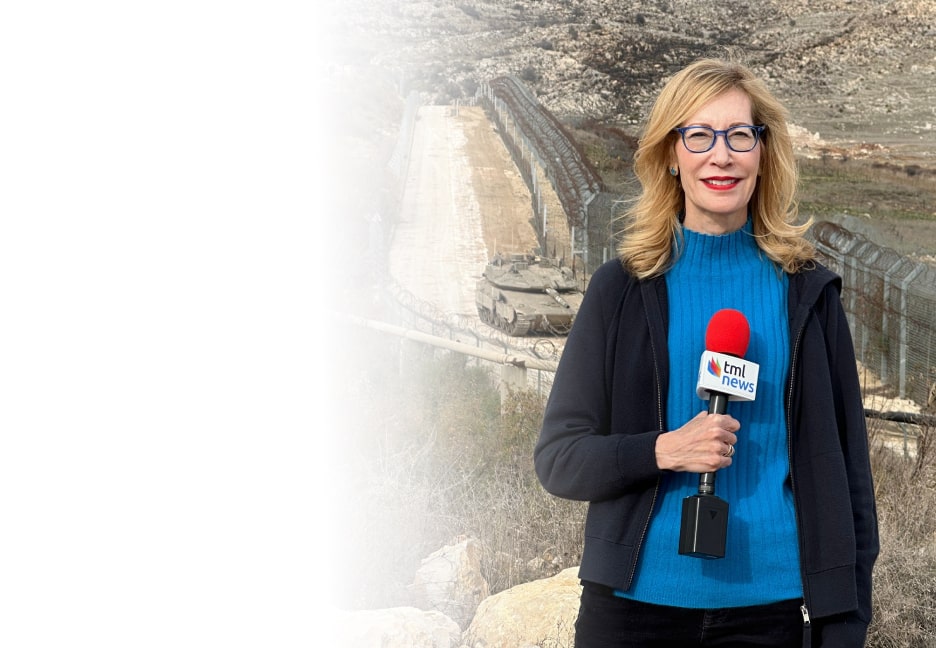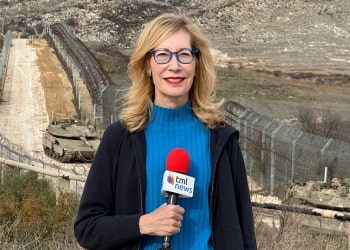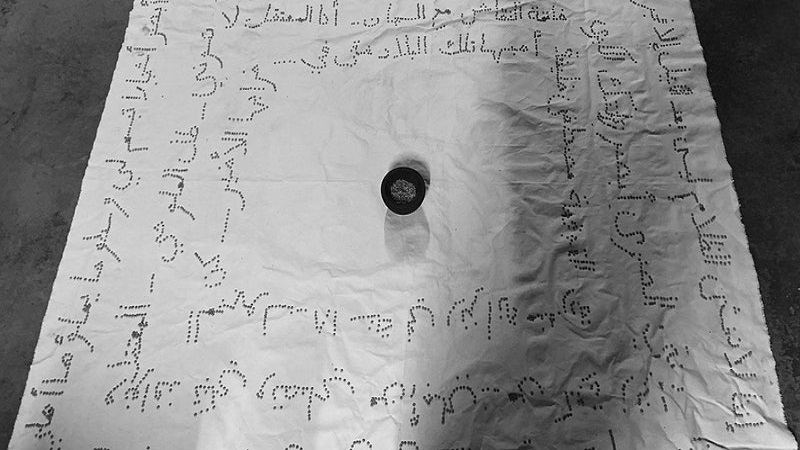The Colour of Absence, an Exhibition by Miream Salameh
Date and time: Wednesday, September 2, 2020, 6:30 to 8 pm Australian Eastern Standard Time (UTC+10)
Register here.
A Panel Discussion responding to themes and issues addressed in the exhibition The Colour of Absence.
Proudly co-presented by: Hume City Council and MAV (Multicultural Arts Victoria)
An online Panel Discussion between artist Miream Salameh and guest speakers Nur Shkembi and Dr Safdar Ahmed exploring themes of loss, memory, identity and creative responses to trauma and conflict from a variety of perspectives.
Attendees are invited to submit questions to the panelists prior to the event. Please email your questions to Gallery@hume.vic.gov.au by Tuesday 1 September. Questions can also be submitted during the discussion .
Miream Salameh is a Syrian – Australian artist whose experience as a political refugee directly informs her multidisciplinary arts practice. Nur Shkembi is a Melbourne based curator, writer and scholar who was part of the core team which established the Islamic Museum of Australia. She served as the museum’s inaugural Art Director, Exhibitions Manager and foundation Curator. Dr Safdar Ahmed is a Sydney-based artist, musician and academic. He is a founding member of the Refugee Art Project, for which he conducts art workshops with refugees and asylum seekers in detention.
Attendees will receive a link to join the event before September 2.
This holiday season, give to:
Truth and understanding
The Media Line's intrepid correspondents are in Israel, Gaza, Lebanon, Syria and Pakistan providing first-person reporting.
They all said they cover it.
We see it.
We report with just one agenda: the truth.


Exhibition Details
The Colour of Absence Miream Salameh
6 August – 4 October 2020
Syrian-Australian artist Miream Salameh fled her beloved homeland in 2012. Already an accomplished artist on her arrival in Australia, Salameh is compelled to process her experiences of conflict and displacement through her multidisciplinary art practice, driven by an obligation to acknowledge the lives of her spiritual, intellectual and political heroes as part of her own survival and adaptation to a new country. The Colour of Absence explores how the intricate connections between memory, place, people, objects and identity are inflected by her experiences.
Salameh engages performance, video and photography to address her deeply personal experience of fleeing Syria as a dissident, together with the ongoing situation of her fellow Syrians who still live under threat or are detained as political prisoners, sometimes for years in darkness and solitary confinement. These meditative pieces reflect on what it means to be absent from the place you belong to and the specific qualities of loss and distance that accompany exile. For Salameh, her monotone video works express the way memories lose vivid detail and colour through distance or confinement. In stark contrast, the bright colours of her collage images of the personal belongings she carried when she fled Syria, convey optimism, nostalgia and the sense of home Salameh carries with her. This is Salameh’s first solo exhibition in Australia, a significant milestone as she develops a powerful visual language to express her presence in a new place.
The exhibition features a collaborative durational performance Knitting a Home that emulates daily acts of resilience, struggle and motherly love which will take place on a date to be announced. It will be recorded and available to view as part of the online exhibition soon after.
PLEASE NOTE: The Colour of Absence exhibition is viewable online only via the MAV (Multicultural Arts Victoria) website.
Speaker Details
Miream Salameh was born in Homs, Syria in 1983. When the Syrian Revolution broke out in 2011, she was persecuted both as a revolutionary and visual artist. Miream, with her friends, founded a magazine called Justice in which they documented Assad’s abuses in the city of Homs. Due to her involvement in anti-government activism, she was forced to leave her homeland after regime forces made threats of rape, arrest, and murder against her, looting and destroying most of her artwork. With her three remaining artworks, she fled her homeland to Lebanon in 2012 and came to Australia in 2013.
Miream works in painting, sculpture and recently video and performance. Her artwork addresses issues of issues of identity, displacement, conflict especially that related to the suffering of the Syrian people, who are being violently oppressed for resisting dictatorship. She studied at the Fine Art Institute in Syria and practiced with the well-known Syrian sculptor Wael Kasstoun for seven years. She is currently studying a Bachelor of Fine Art at the Victorian College of Arts (VCA). Salameh has participated in many group exhibitions in Syria and overseas. In Australia, her work has been shown in the group exhibitions Syrian Story, solo exhibitions in windows Space Beaac in 2015 and The Isolation Cell 185,180, in Thriving Gallery in Sydney in 2019.
Nur Shkembi is a curator, writer and scholar based in (Naarm) Melbourne. Nur has produced and curated over 150 events, exhibitions and community engagement projects, including You Am I, the first nationwide annual exhibition of contemporary Australian Muslim artists. Nur was part of the core team which established the Islamic Museum of Australia, serving as the museum’s inaugural Art Director, Exhibitions Manager and foundation Curator. She has served on numerous boards and committees including as a Commissioner for the Creative State Commissions at Creative Victoria. Nur is also a founding member of eleven, a collective of contemporary Muslim Australian artists, curators and writers; a member of AICA, the International Association of Art Critics and was awarded a British Council Intersect fellowship in 2019.
Nur engages her curatorial practice nationally, recent exhibitions include: Waqt al Tagheer (ACE Open) Khalas! (UNSW Galleries), The Inner Apartment (Nishi Gallery and National Museum of Australia), We Are All Affected (Fairfield City Museum and Peacock Gallery) and Erasure at CoVA. Nur is currently an academic teacher and lecturer in the Masters of Art Curatorship course, and a PhD candidate in the Department of Art History at the University of Melbourne.
Safdar Ahmed is a Sydney-based artist, musician and academic. In 2010 he completed his PhD with the Department of Arabic and Islamic studies at the University of Sydney. His dissertation, which linked the work of various Muslim reformist thinkers to contemporary paradigms of modernity, was published by IB Tauris beneath the title Reform and Modernity in Islam. Before that, Safdar completed a Bachelor of Fine Arts at Sydney’s National Art School. He works largely in the mediums of drawing, comics and watercolour.
Safdar is a founding member of the Refugee Art Project, for which he conducts art workshops with refugees and asylum seekers in detention. This organization was founded to facilitate art workshops for detained asylum seekers, and to display their work in public exhibitions. Detainees would be able to express themselves through the medium of art, and to convey something of their experiences to the broader Australian community. The Refugee Art Project aims to deepen public understanding about the asylum seeker issue and the realities of Australia’s detention regime. In 2015 Safdar won a Walkley Award in the Artwork category for his documentary webcomic, Villawood: Notes from an Immigration Detention Centre.

